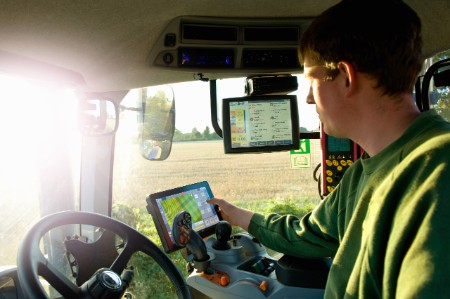
To automate intelligently, driving the greatest long-term impact with scarce organizational resources, leaders should consider three key steps:
- Link the automation strategy to business priorities and the culture transformation agenda
- Perform an organizational review to prioritize potential automation projects, identify talent needs and skill gaps
- Define a build, buy or partner plan to unlock the right talent and technologies


Chapter 1
A connected automation strategy
Link the automation strategy to business priorities and the culture transformation agenda.
Given the range of opportunities for action, where should leaders begin? We believe the challenges posed by initiating, launching and deploying automation initiatives require broad executive-level buy-in and coordinated strategy, since the impact will be cross-organizational and likely utilize a scarce talent pool. As such, leaders are best positioned to succeed by aligning automation activity with broader business priorities.
Typically, automation has five areas of impact (see below), and leaders need to prioritize which will best achieve business objectives. For example, if lowering the cost of goods sold is an imperative, fewer laborers or greater quality may be the goal of automation initiatives. Alternatively, if increasing the speed of R&D insights is central to business strategy, greater speed or new capabilities may be prioritized.
Automation's five areas of impact
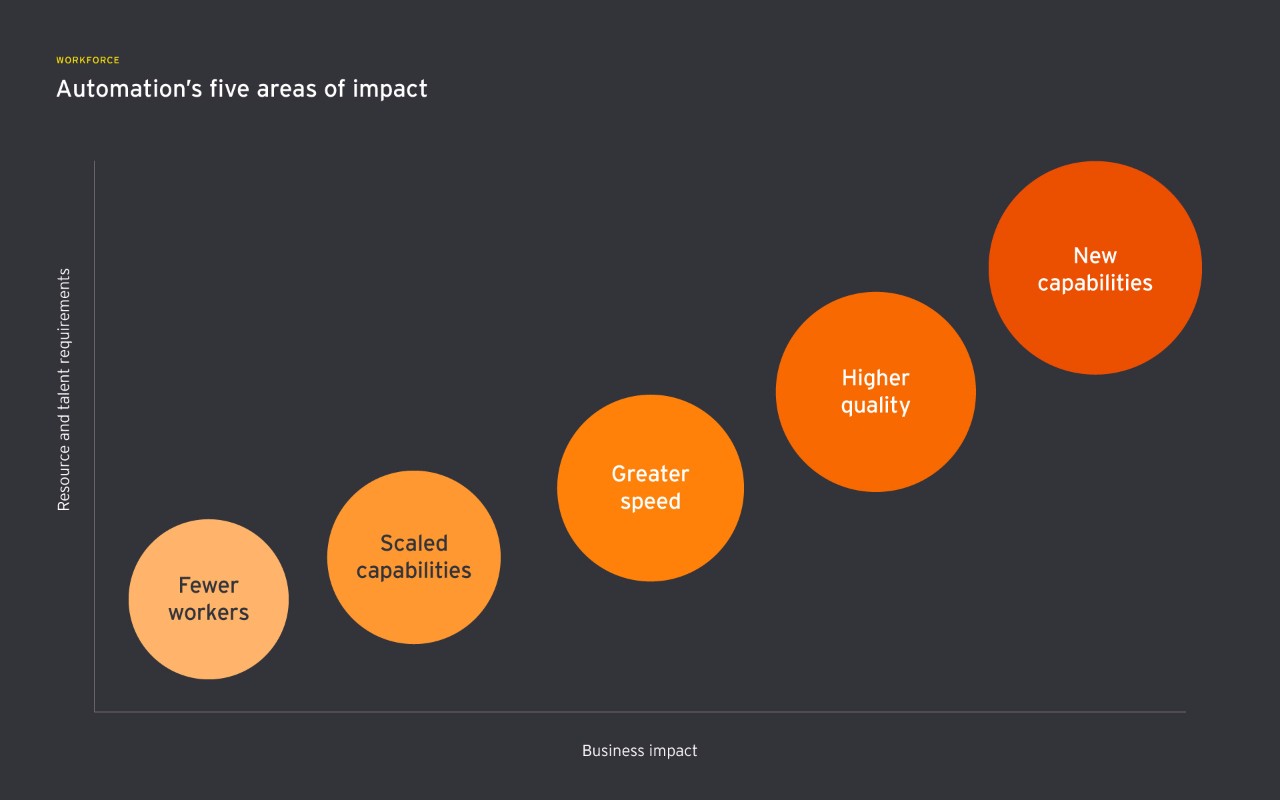
- Fewer workers. Automating tasks that lead to employee-based savings. Typically CBs, NLP/NLG and RPA.
- Scaled capabilities. Automating tasks to expand access of a capability. Typically CBs, NLP/NLG.
- Greater speed. Automating tasks that enables work to be done faster. Typically IPA, ML, NLP/NLG, RPA.
- Higher quality. Automating tasks that lead to increases in quality. Typically IPA, ML and RPA.
- New capabilities. Developing algorithms that perform tasks no person is doing today or could ever do. Typically DL, ML and IPA.
While leaders may be ready to take action, a resilient culture is required to sustain a large magnitude and pace of change, because it is the workforce that will be responsible for executing the strategy. Without a culture ready to embrace new technologies that change their everyday roles and work, success will be limited. In our client work, a powerful way to build a resilient culture is by integrating a broad, human-centered, societally-engaged purpose — what we call a capital P Purpose. In original EY research, organizations with Purposeful cultures produced significantly greater value than purposeless organizations. The reason a Purpose is powerful is because it shifts an individual’s focus from the tasks they perform to how all of the work done by a unit contributes toward a larger goal. Working cultures such as this are ready and able to have work redefined by automation without morale loss, organizational anxiety or talent flight.
Related article
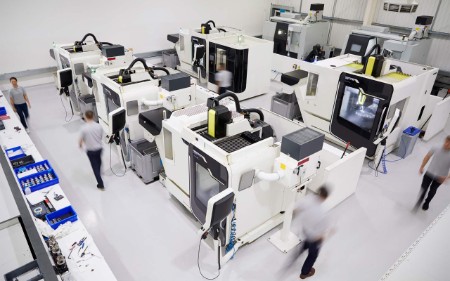
Chapter 2
Reviewing the organization
Perform an organizational review to prioritize potential automation projects, identify talent needs and skill gaps.
Aligning automation strategy with existing business priorities will help leaders determine where to begin. Securing support from people leaders will ensure long-term viability. For leaders ready to identify specific automation projects, we suggest two assessments. First, automation groups should perform a deep assessment of business function activities at the task level to reveal the top automation candidates. At the same time, people leaders should analyze the automation skill set of existing talent. Marrying the two analyses will help leaders understand which opportunities are more, or less, likely to be launched quickly and the potential need to hire or train.
One of the most time-consuming activities in automation projects is identifying and then selecting which tasks to automate. To accelerate this diagnostic step, we developed a series of linked analyses that allow for deep examination, from business functions to sub-business functions, occupations, individual tasks, and ultimately, time spent by tasks. This analysis required linking our function and sector mapping of occupation taxonomies (i.e., US SOC, UK SOC, Canadian NOC and Australian ANZSCO) and US SOC ONET data on work activities with a novel analysis used to derive time spent per activity. The graphic below shows an example assessment of the finance business function for an organization in the financial services sector in the US. Through a series of analyses, leaders are able to zero in on the most promising tasks for automation. The tasks shown affect a large percentage of time for a significant workforce within a desired business function. A comprehensive analysis like this allows for rapid data-backed debate and scenario testing against different business objectives. For leaders without data, we recommend a hypothesis-led approach with workers performing the tasks to identify where value is most likely to be found.
A deep dive into the finance function
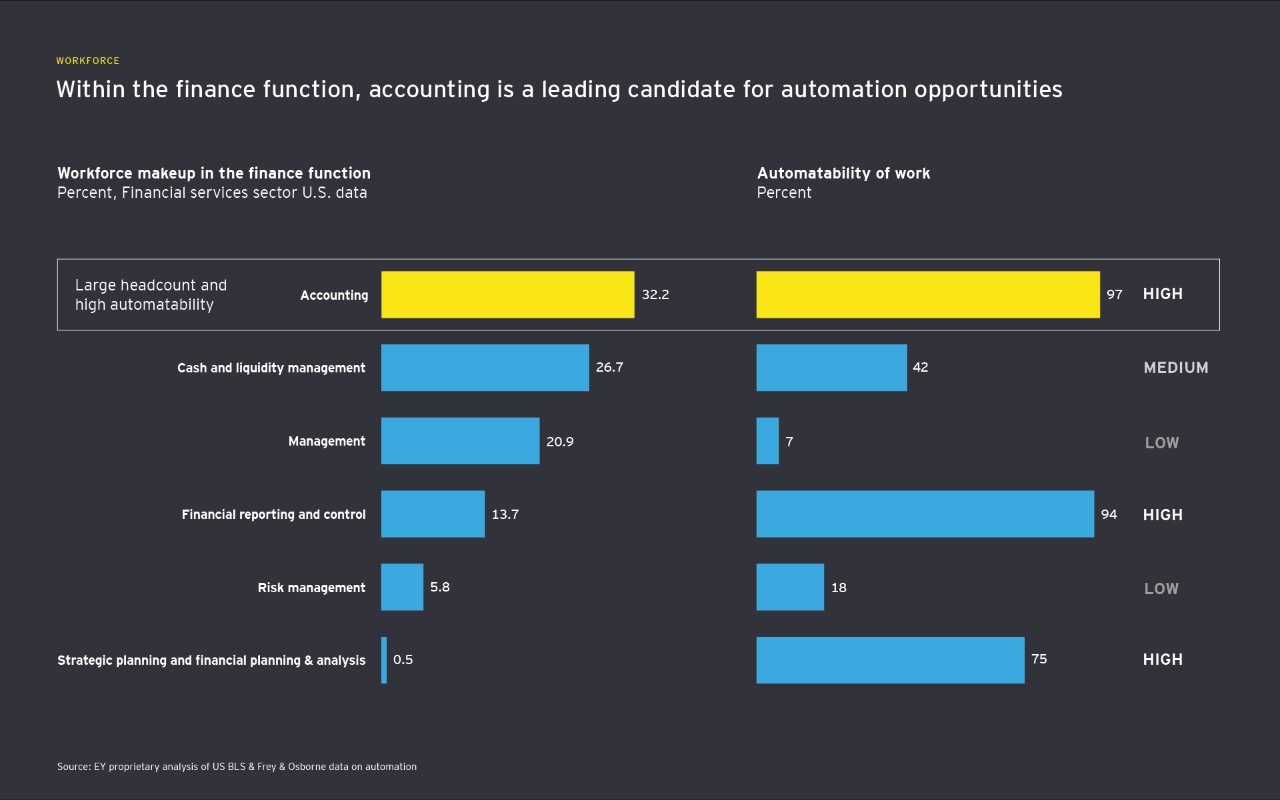
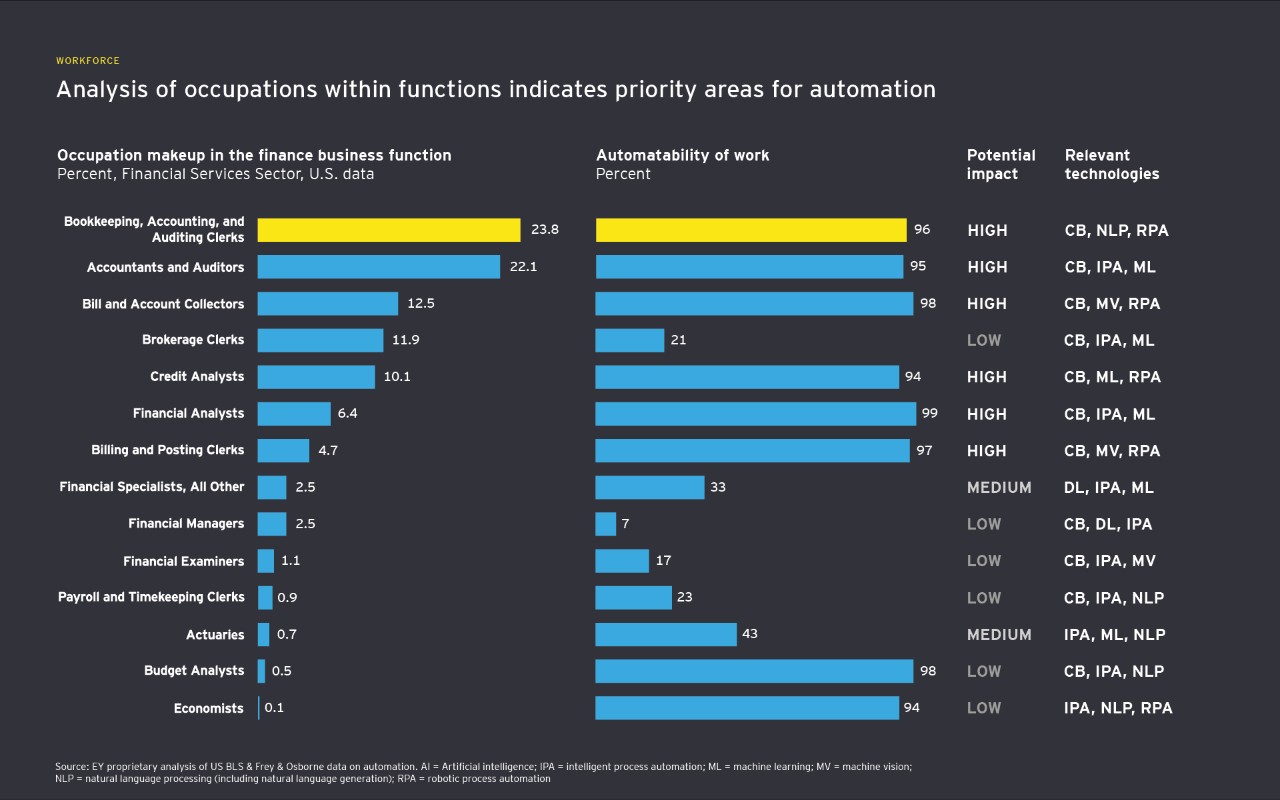
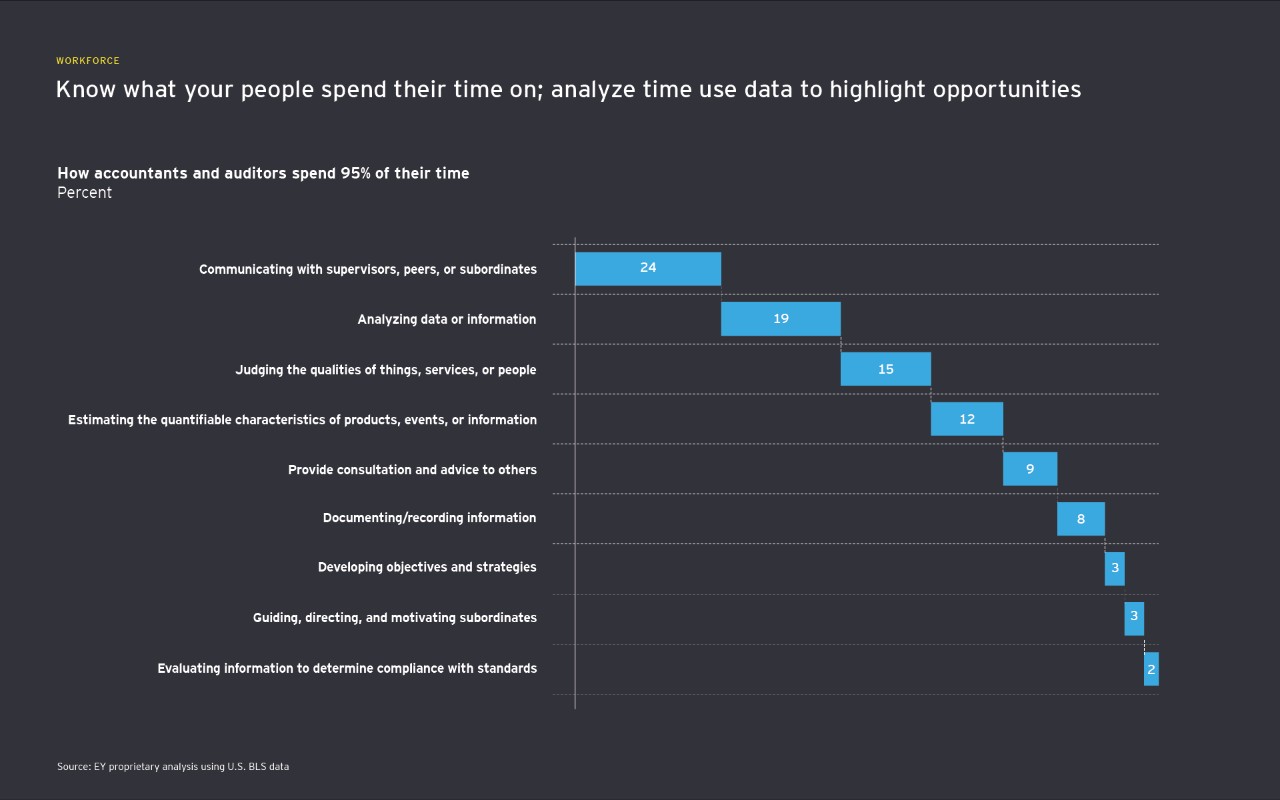
An organizational review of talent and skills, led by or in partnership with people leaders, is the start of an assessment of what can or cannot be undertaken in-house today. These findings can then feed into updated talent and culture agendas to power future innovation, as well as establish ground truth for a build, buy or partner conversation.
Any prioritized project immediately runs into a basic question: “Do we have the people to do this?” Once cultural questions have been explored, an organizational review of talent, in partnership with people leaders, is a necessary step. In our experience, the needed evaluation of skills can result in surprising findings. For example, the research we co-authored with LinkedIn, Right people, wrong place? (pdf) found that companies that better align where their talent is, and where they are needed, far outperform competitors. Skills evaluation findings can then be integrated into self-sustaining talent agendas capable of powering future innovation, as well as establishing ground truth for build, buy or partner conversations.
Related article
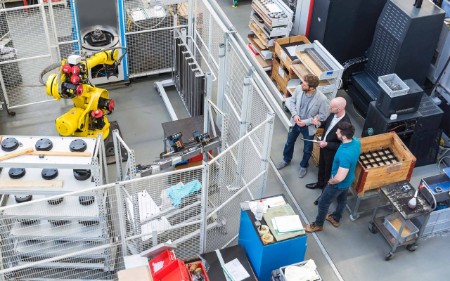
Chapter 3
Decide whether to build, buy or partner
Define a build, buy or partner plan to unlock the right talent and technologies.
Leaders must consider a build, buy or partner approach to implement a sustainable automation program. Given the rapid evolution of technologies in this space, this is especially critical for leaders driving change with a limited talent pool.
Build the technology using your talent bench
Access to talent that can develop and implement automation programs remains a concern for leaders. A recent EY survey of 200 senior leaders found that 56% see talent shortages as the single biggest barrier to implementing AI into business operations in 2018.1
For most organizations, scarcity of automation talent will be the reality. Recruiting and retaining tech talent is challenging due to the competitive hiring environment and rapidly increasing salaries for professionals with automation expertise (e.g., machine learning, natural language generation, chatbots). Many forward-looking talent leaders have sidestepped the mature talent market and recruited raw talent to develop or hire from nontraditional backgrounds. Even so, automation talent is being hoarded and most organizations should expect to work with a scarcity of it — an eventuality that can be overcome with effective talent management and cultural programs.
Other companies have looked to upskill their existing workforce. In general, leaders should consider that upskilling technical talent is an option for incremental, not categorically new, skills. For example, statisticians may become data scientists, but data entry personnel will typically fail to transition to those roles. With the right underlying talent and skills analysis, a data-backed estimate of the expected talent lift through upskilling programs is possible. Given these challenges, many organizations turn to the contingent workforce pool and hiring temporary teams, but this brings its own trade-offs.
The cross-organization “center of excellence” (COE) model has not yet gained significant footing in automation; however, similar to analytics a decade ago, the explosion of technologies, thin vendor options and scarcity of talent will likely lead to a wave of implementations. Unlike analytics, this next wave of COEs will benefit from the learnings of previous groups.
Buy the talent bench and underlying automation technologies
Acquiring talent and technology is a commonly-pursued option as concerns over disruption and rapid technological change consistently surface in the boardroom, according to EY’s recent Capital Confidence Barometer. Acquisitions can provide proprietary technology and a step-change in talent capabilities, but this is not without risk. Organizations that see incoming talent as the long-term solution often find themselves in the same talent-thin position when the negotiated employment contracts are completed and purchased talent leaves. EY’s recent Digital Deal Economy Study highlights that just 24% of companies are highly confident about their ability to retain talent and bring them into the fold of the new company culture following an acquisition. Managed effectively, the same risk-taking disposition of entrepreneurs and early employees that makes them more likely to leave can be harnessed to train a new batch of hires and instill a culture of innovation and change; the entrepreneurial fingerprints of talent can remain even if they leave.
Despite the risks, the increasing pace of technology innovation and pressure to accelerate R&D have led to an increasing utilization of corporate venture capital. The EY Capital Confidence Barometer found that corporate venture capital investments doubled in number and tripled in value between 2012 and 2016. This trend is forecasted to continue in 2018. Partially enabling the rise of venture investment are a new breed of tools that enable organizations to scan their ecosystems for emerging disruptive technologies and startups in near real time.
Develop an automation ecosystem through strategic partnerships
Implementing an effective automation strategy requires an ability to invest sufficiently in the latest technology while developing or sourcing highly specialized talent. Building your own capability is not without risk, especially as technology continues to evolve at a rapid pace, while taking a “buy” approach can be hit and miss. Given these challenges and risks, organizations are increasingly pursuing a strategic partnership approach. Managed services centralize technology and talent to deliver at a level and cost that individual organizations cannot.
Conclusion
Technology-driven disruption of the workplace is nothing new. Innovations throughout history, from the plough to the steam engine to the desktop computer, have displaced existing workers and organizations by creating new business models, revenue streams and talent needs. In the same way, automation has the potential to radically reshape organizations and the people within them. Leaders today have the opportunity to stay ahead of competitors by adopting a rigorous approach for identifying and prioritizing automation projects that build distinctive market advantages and deliver value for their organizations, customers and society at large. One-off projects are achievable with sufficient energy and bravery. However, to do so sustainably and at scale requires linking the organization’s automation and people strategies. The result is that automation transformations are a team sport, requiring functional, innovation, IT and people leaders to align selected projects, underlying analyses and the decision to build, buy or partner. By taking a cross-functional and analysis-led implementation approach, leaders can best position their organizations for a future workplace fueled by automation.
To learn more about how to establish an intelligent automation strategy, contact Monica Dimitracopoulos, David Storey, or Adam Canwell.
The authors wish to thank Anand Bharathi and Jon Marcin for their contributions to this article.
Summary
Your automation strategy is only as good as your people strategy and the organizational analysis that underlies decision making.
